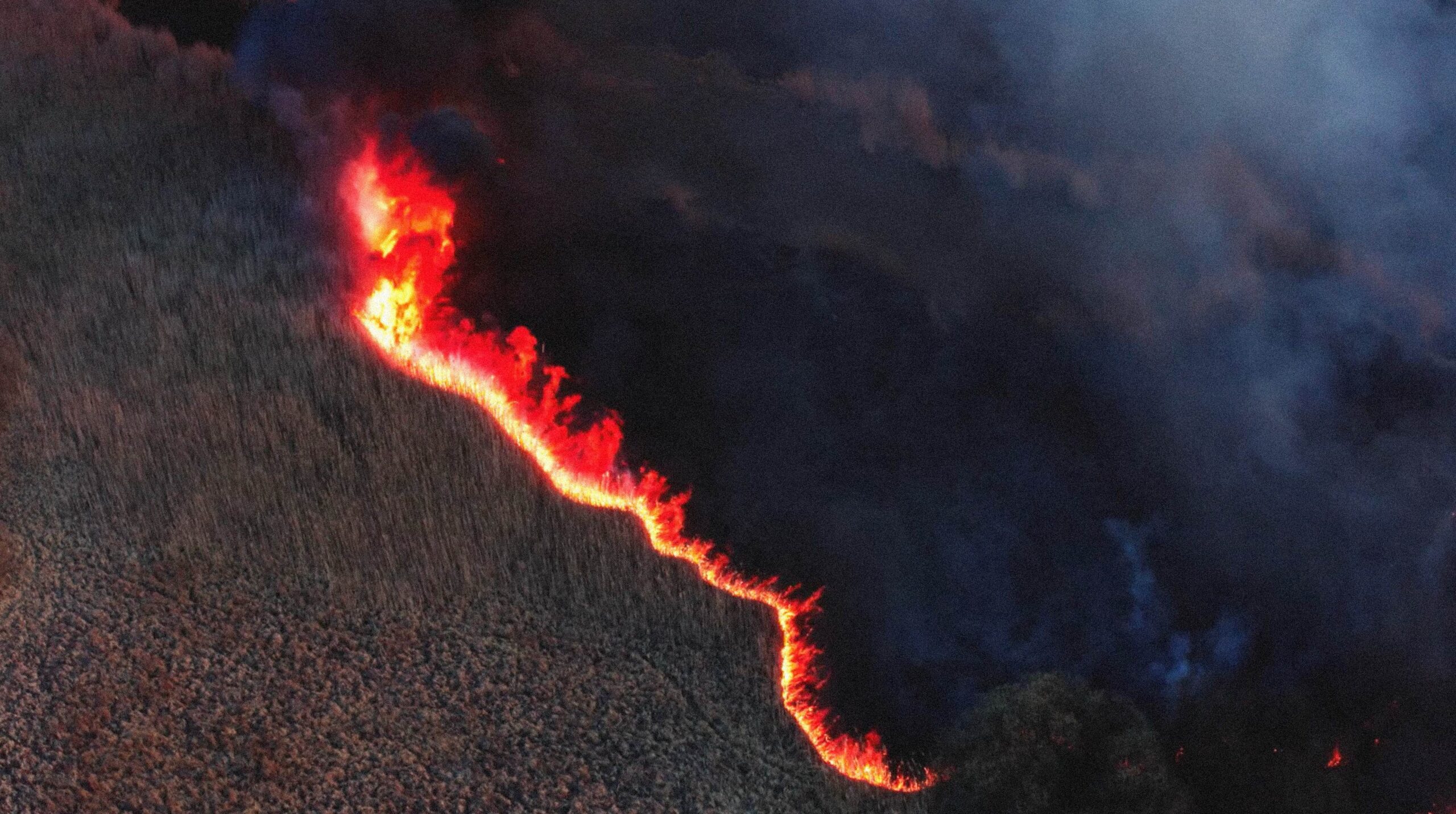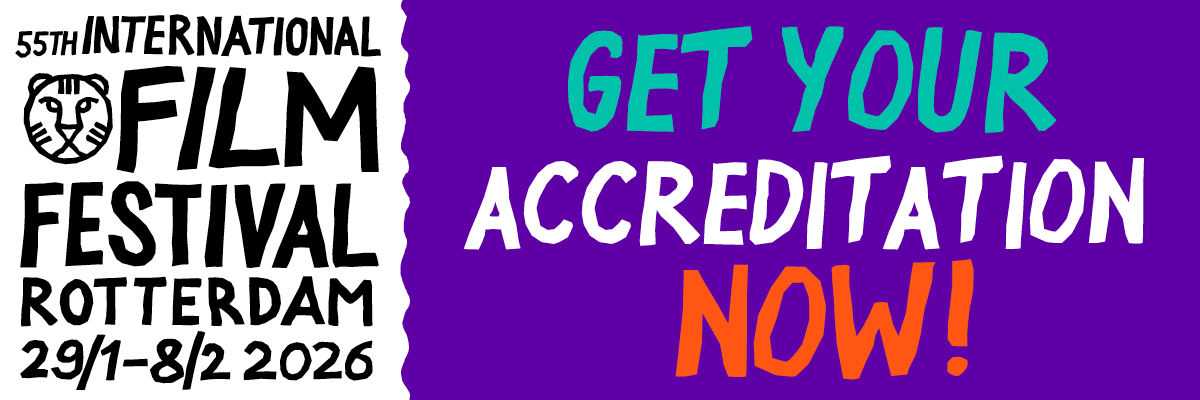In the powerful new documentary Divia, nature is not just a backdrop for the horrors of war but a direct casualty of its brutality.
War is, of course, first and foremost a tragedy due to impact on humanity – whatever a conflict’s justifications, the loss of human life is sickening. However, it is also true to say that the cost of war is also often only considered in terms of its human impact and not effect it might have on the world we inhabit and the creatures alongside whom we coexist on this blue marble. Dmytro Hreshko’s stark new documentary seeks to highlight the oft overlook collateral damage done by war to the environment through a portrait of the incredible landscapes and wildlife of Ukraine and how it has fared since the Russian invasion began. Having received its world premiere in Karlovy Vary’s Crystal Globe competition, the foreboding Divia now competes for the top documentary prize at Sarajevo Film Festival.
The film opens with glacial drone shots that sweep over landscapes, showing a natural world that even in the best periods has been formed, shaped, scarred and pockmarked by the ravages of deep time and the winds of change. Striated rock formations, precarious headlands, mountains, valleys, and saltwater lakes alike are physical testaments to silent history of these places and the creatures that call them home. However, it quickly becomes apparent that this is not a landscape reckoning with the usual factors of environmental change, but one enduring in the midst of calamitous warfare. Here, when a deer is startled from a restful sleep on the forest floor, or a herd of antelope are driven to skitter away through the trees, it is at the behest of the rumbling reverberation of bombing in the distance. Majestic mountains do not rise from the horizon but vast plumes of billowing smoke.
Divia is filled with ominous imagery such as this. Whether it is a bird’s eye view of a forest that is now comprised of thin, burnt trunks standing but devastated, or fields strewn with debris or ordnance. A deer is seen shaking its head in disorientation as it emerges from a crater, a cow herd trudges across shattered environs like a group of survivors in a war film, the carcasses of animals and humans alike litter the landscape. A cat picking its way through a meadow is quickly followed by a shot of a potentially unexploded landmine half-hidden by foliage. While these shots make up the majority of the film – accompanied often by discordant electric guitar strings that bring home the violence and destruction – that is not the only register in which Hreshko is working.
In one sequence, a man in a hi-vis jacket is seen coaxing over a cat which we might assume has been left orphaned, or at least abandoned, by the war. The man places down a bowl of food and leaves the feline to enjoy a decent meal. Elsewhere someone calls into the roofs of houses overwhelmed by flooding for any stranded pets, while ecologists are seen taking measurements in ash-laden forest floors. In another protracted scene, people in military fatigues patrol vast scrubland, detecting and deactivating landmines before detonating them in controlled explosions. Like the moments of human camaraderie and altruism after a natural disaster, people are shown here attempting in some ways to counter the devastation, even in the grip of what is happening to their country.
The endurance that these scenes evoke are perhaps even more powerful as the film reaches its penultimate act, in which nature’s recovery begins to take centre stage. A ladybird crawls across a bob casing, a woodpecker is seen working away at a burnt tree trunk, daunting warning signs are ignored by wading birds that set off into the water, ashen forest floors give way to upspringing wildflowers, and in one of the most moving images projected onto screens this year, pink cherry blossoms overhang now deserted trenches. Divia doesn’t ignore humans in this later context – divers clear munitions from the riverbed, soldiers search for remains in a tank wreckage – but these images of natural reclamation offer at least a grace note of hope that recovery is indeed possible, even after the worst.
Of course, the sting in the tail of Hreshko’s film is the reminder that this war is not over and any cycle of replenishment and rejuvenation for the people or the land of Ukraine, is still far from being given space to take hold.
Director, screenplay: Dmytro Hreshko
Producers: Polina Herman, Glib Lukianets
Cinematography: Dmytro Hreshko, Volodymyr Usyk,
Editing: Alexander Legostaev, Anastasia Kirillova, Dmytro Hreshko
Sound: Vasyl Yavtushenko, Mykhailo Zakutskyi
Music: Sam Slater
Production companies: Gogol Film (Poland), UP UA Studio (Ukraine)
Venue: Sarajevo Film Festival (Documentary Competition)
No dialogue
79 minutes








